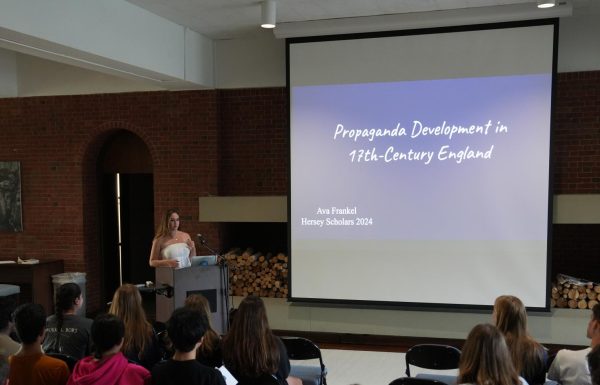Journalism Needs Diversity — Now More than Ever
As news of basketball superstar Kobe Bryant’s death reverberated around the world, British broadcasting giant BBC aired a tribute to the Mr. Bryant. Yet viewers were quick to notice that the program mistakenly played footage of Lebron James, who, like Mr. Bryant, is African-American and plays for the Los Angeles Lakers. And in 2017, an Irish newspaper used a photo of a Black British rapper to accompany an article about a Belgian soccer player. While these mistakes are immediately noticable and rectifiable, they are indicators of a larger issue: the news industry lacks diversity. This flaw has historically caused a disparity in coverage and hurt the accuracy of reporting, so newsrooms must actively seek to repair their industry by diversifying both their coverage and their staff.
Journalists, in the simplest sense, are megaphones — they discover little-known stories or the lesser-known aspects of popular ones and broadcast them to a massive audience. But journalists can’t just be a megaphone for the majority, leaving the stories of minorities uncovered and unheard. They must diversify their coverage because it is often the stories of minorities that need a megaphone the most.
Perhaps the clearest example of this sentiment is the coverage of Colin Kaepernick’s refusal to stand for the national anthem. The first time Kaepernick knelt during the national anthem in a game, only one reporter decided to ask him about it: Steve Wyche. While other journalists dismissed Kaepernick’s actions as a disgraceful publicity stunt, Wyche recognized its potential significance. “He could be doing more than taking a seat here,” Wyche recalled his initial reaction to the news. Wyche’s coverage of the Kaepernick story represented a willingness to diversify and stray from traditional sports reporting, but it also demonstrated a reality in the disscussion about newsroom diversification: to truly diversify coverage, newsrooms need more diverse journalists. Wyche, who is African-American, recalled conversations he’s had with athletes: “Players will sometimes say, ‘Man there are some things we want to say. But we don’t know if we can say them honestly to people who might not be able to tell the story through our prism.’” Sources feel more comfortable talking to a journalist who can relate and emphathize, which means that having a more diverse staff can increase the accuracy of reporting.
Unfortunately, newsrooms are historically behind when it comes to diversification. According to a 2014 report by The Atlantic, minorities made up 22 percent of television journalists and only 13 percent of daily newspaper journalists. For comparison, 37 percent of the American population are minorities. In recent years, many outlets like The New York Times, The Wall Street Journal, and NPR have attempted more diverse hiring practices, which have all led to noticable gains in minority representation.
Newsrooms have a unique responsibility to diversify their coverage and commit to diverse hiring practices. Journalists work to shed light on stories that go unheard, but the industry’s focus on catering to the majority has prevented them from truly doing so. It is absolutely critical that journalists work to rectify this fatal flaw.










